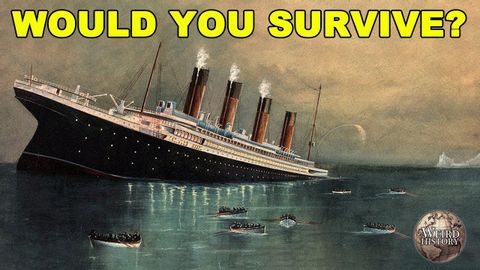
字幕と単語
Based On Your Income, Would You Have Survived the Titanic Disaster?
00
joey joey が 2021 年 05 月 21 日 に投稿保存
動画の中の単語
strike
US /straɪk/
・
UK /straɪk/
- v.t.打つ;削除する
- n. (c./u.)打つ;ストライク;ストライキ;ストライク;攻撃
- v.i.突然~の状態になる;突然思いつく
A2 初級TOEIC
もっと見る エネルギーを使用
すべての単語を解除
発音・解説・フィルター機能を解除
